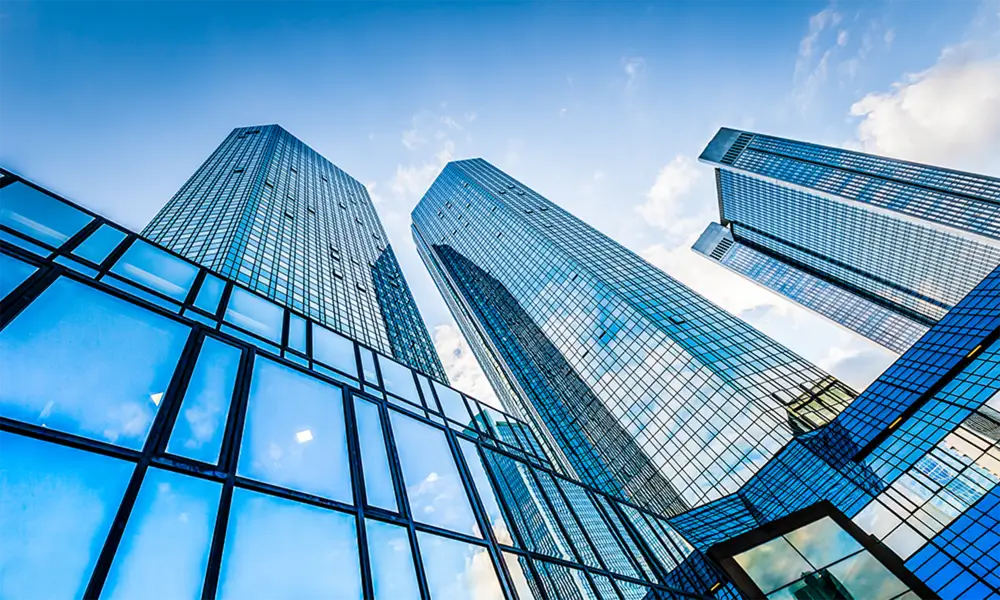

Tempered Safety Glass Enhancing Security and Durability
Tempered safety glass, also known as toughened glass, has become an essential component in modern architecture, vehicle design, and various industrial applications due to its superior strength and safety features. This article explores the manufacturing process, properties, benefits, and common applications of tempered safety glass, highlighting its importance in enhancing security and durability.
Manufacturing Process
The production of tempered glass entails a rigorous heat treatment process. Initially, ordinary glass is cut to the desired size and shape. The glass is then heated in a furnace to temperatures exceeding 600 degrees Celsius (approximately 1,100 degrees Fahrenheit). This process stresses the surface of the glass, which increases its strength. The glass is then rapidly cooled in a controlled environment, a process known as quenching. This rapid cooling process induces surface compression and helps to ensure that the glass can withstand various temperature fluctuations and physical impacts.
The resulting tempered glass is significantly stronger than standard glass, with the ability to endure stress and thermal shock. It is approximately four to five times stronger than the same thickness of regular glass, making it an ideal choice for various applications that require enhanced safety and reliability.
Properties of Tempered Safety Glass
One of the most notable properties of tempered safety glass is its ability to break into small, blunt pieces rather than sharp shards, reducing the risk of injury in case of breakage
. This characteristic is particularly important in settings where safety is paramount, such as public buildings, schools, and vehicles.Moreover, tempered glass is designed to withstand high impacts and environmental stressors, such as wind pressure, hail, and thermal expansion. It also offers a degree of heat resistance, which makes it suitable for applications where sudden temperature changes might occur, such as in shower doors or glass facades exposed to sunlight.
Another significant property is its aesthetic versatility. Tempered glass can be produced in various finishes and can be tinted, frosted, or laminated to meet specific design requirements. This flexibility in design makes it a popular choice for architects and interior designers looking to create visually appealing spaces without compromising on safety.

Benefits of Tempered Safety Glass
The benefits of using tempered safety glass extend beyond its strength and safety properties. It provides excellent energy efficiency, particularly in large windows and facades. With the right coatings, tempered glass can minimize heat transfer, reducing the energy required for heating and cooling buildings, thus contributing to lower energy costs.
Additionally, tempered glass is resistant to scratches and general wear and tear, making it a long-lasting choice for both residential and commercial applications. Its durability means that it often requires less frequent replacement compared to standard glass, further enhancing its cost-effectiveness over time.
Tempered glass is also easier to clean and maintain, as it can withstand cleaning products and techniques that might damage regular glass. This ease of maintenance is particularly beneficial in high-traffic or heavily used areas where hygiene and cleanliness are priorities.
Applications of Tempered Safety Glass
The applications of tempered safety glass are extensive. In the construction industry, it is commonly used in windows, doors, and facades, providing not only structural integrity but also aesthetic appeal. In the automotive industry, tempered glass is utilized in side and rear windows, ensuring passengers' safety while maintaining visibility.
Other applications include shower enclosures, glass tables, and even balustrades in staircases. The use of tempered glass in these settings enhances both safety and style, making it a preferred choice for designers and homeowners alike.
Conclusion
In conclusion, tempered safety glass is a vital material in today’s world, offering a blend of safety, durability, and aesthetic flexibility. Its ability to withstand impacts and thermal stress makes it a reliable choice for various applications, from commercial buildings to personal vehicles. As technology and production techniques continue to evolve, the importance of tempered safety glass in enhancing security and increasing longevity in various environments is likely to grow even further. Investing in tempered safety glass is not only a smart choice for immediate safety but also a long-term investment in durability and design.